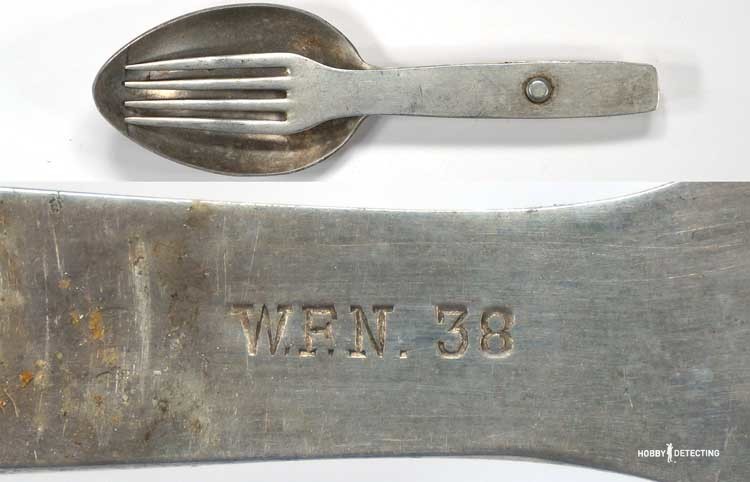German fork-spoons (identification of finds)
The dream of any novice war hacker or comrade who proudly calls himself a “military archaeologist” is to acquire a captured German device—a fork-spoon or a “folding machine.”
This field household item is a fork and spoon riveted together. The device folds conveniently and is therefore quite compact when carried in your pocket.

The fork-spoon is convenient to use for its intended purpose. I often use it myself when hiking. They were produced in three metals – stainless steel, aluminum and iron. The most coveted of them among diggers is, of course, stainless steel! Aluminum is much more common, but iron has been rotting in the ground for a long time.
The German soldier received a “kladen” or, as they called it, “Essbesteck” (German cutlery) centrally along with all the scarp. After receiving pieces of equipment, it was necessary to put your initials on them. Some even managed to scratch out their entire first and last name. “Folders” were no exception; they were also signed. In addition, they were marked with the manufacturer's mark – letter code and year. One of the frequently seen IGK & FA manufacturers is pictured below.

The Germans usually carried fork-spoons in their rusk bag along with other borokhl. Along with other household items during the war, Red Army soldiers often used it for their needs. Collapsibles found in mines are in demand as collectibles and can cost $10 or more, depending on condition.
Have you found one yet? What brand was on it?
We collect everything related to finds and their identification in the section .
